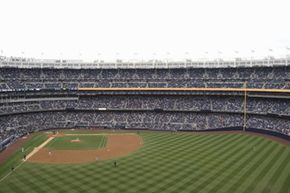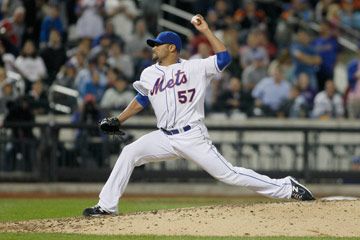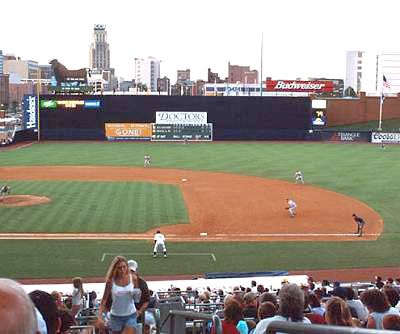Most people know that Major League Baseball is divided into two separate leagues: The American League and the National League. The National League, formed in 1876, is the older of the two leagues that make up the professional Major League Baseball organization in the United States and Canada. The main difference in the two is that the American League uses the designated hitter rule to replace pitchers during at-bats, and the National League does not.
Alexander Cartwright, an architect and sportsman in New York City, is widely recognized as the father of modern organized baseball. He was instrumental in founding the first organization devoted to playing baseball, the Knickerbocker Base Ball Club, in 1845. He wrote 20 rules about the field layout and how the game was played. The most important one was that players had to be tagged or forced out rather than having the ball thrown at them [source: Dickey]. Of course, the rules were modified as the game evolved, but Cartwright gave us the essence of baseball.
Advertisement
Baseball's popularity spread, with teams that toured the country and paid players. The first league was the National Association of Baseball Players, formed in 1871 and disbanded in 1875 because of poor leadership, inadequate rules and related problems.
William Hulbert, a Chicago businessman and team executive, enlisted Albert Spalding, a star pitcher with the dominant team, the Boston Red Stockings, to help form a new league with businessmen rather than players running the show. They formed the National League, with eight teams.
How did the National League fare at first – and how did the American League come into existence? Read on.
Advertisement



